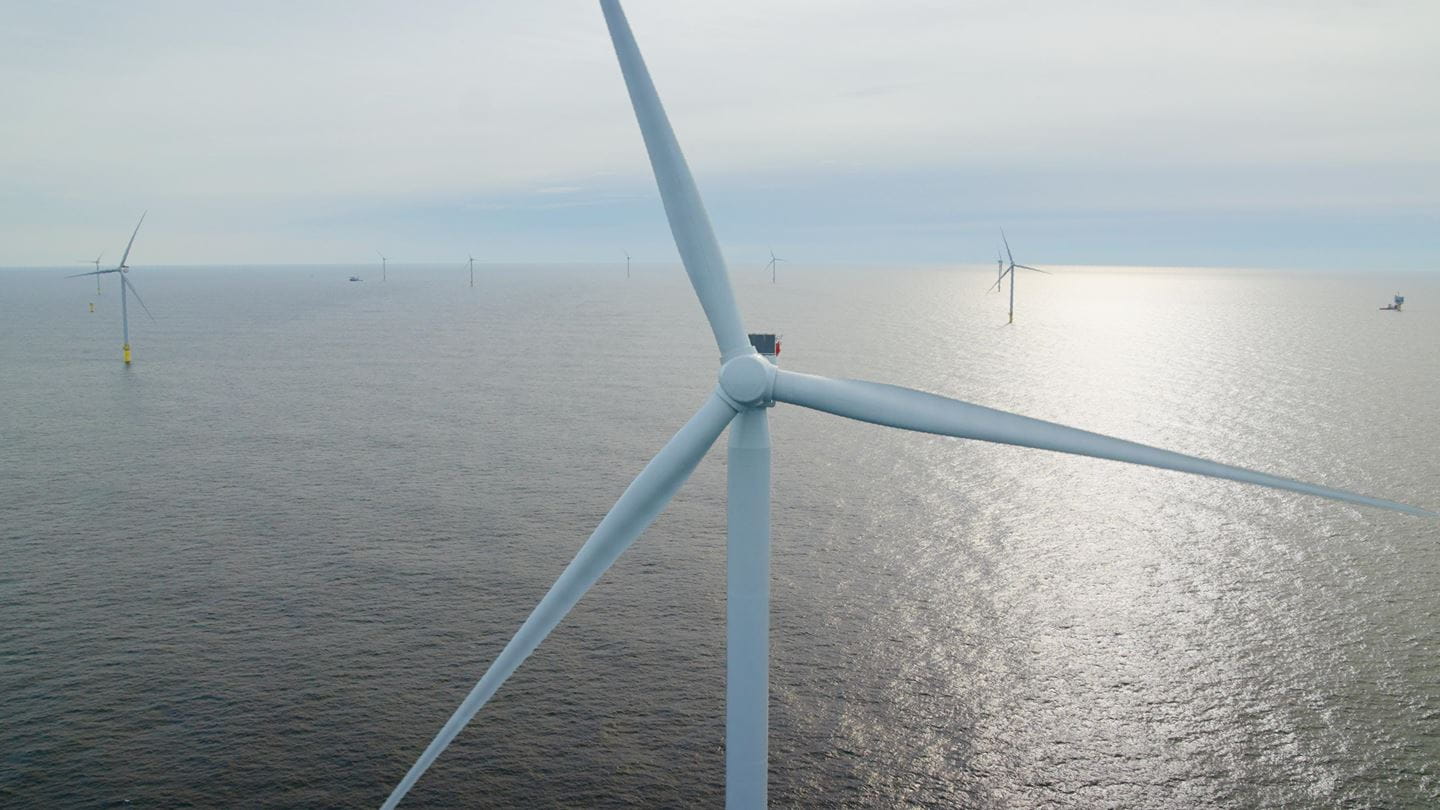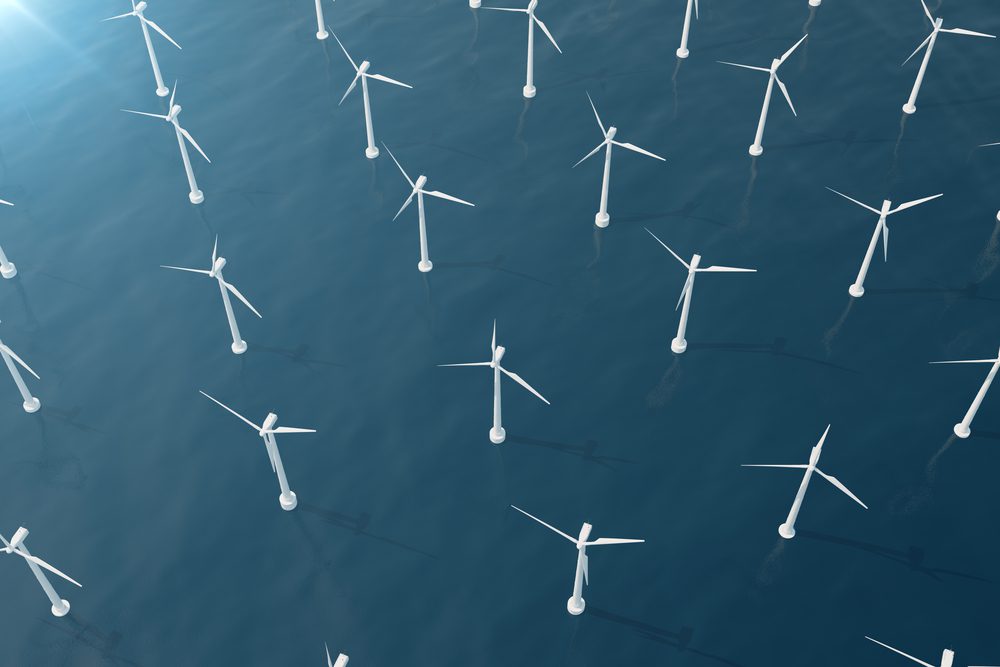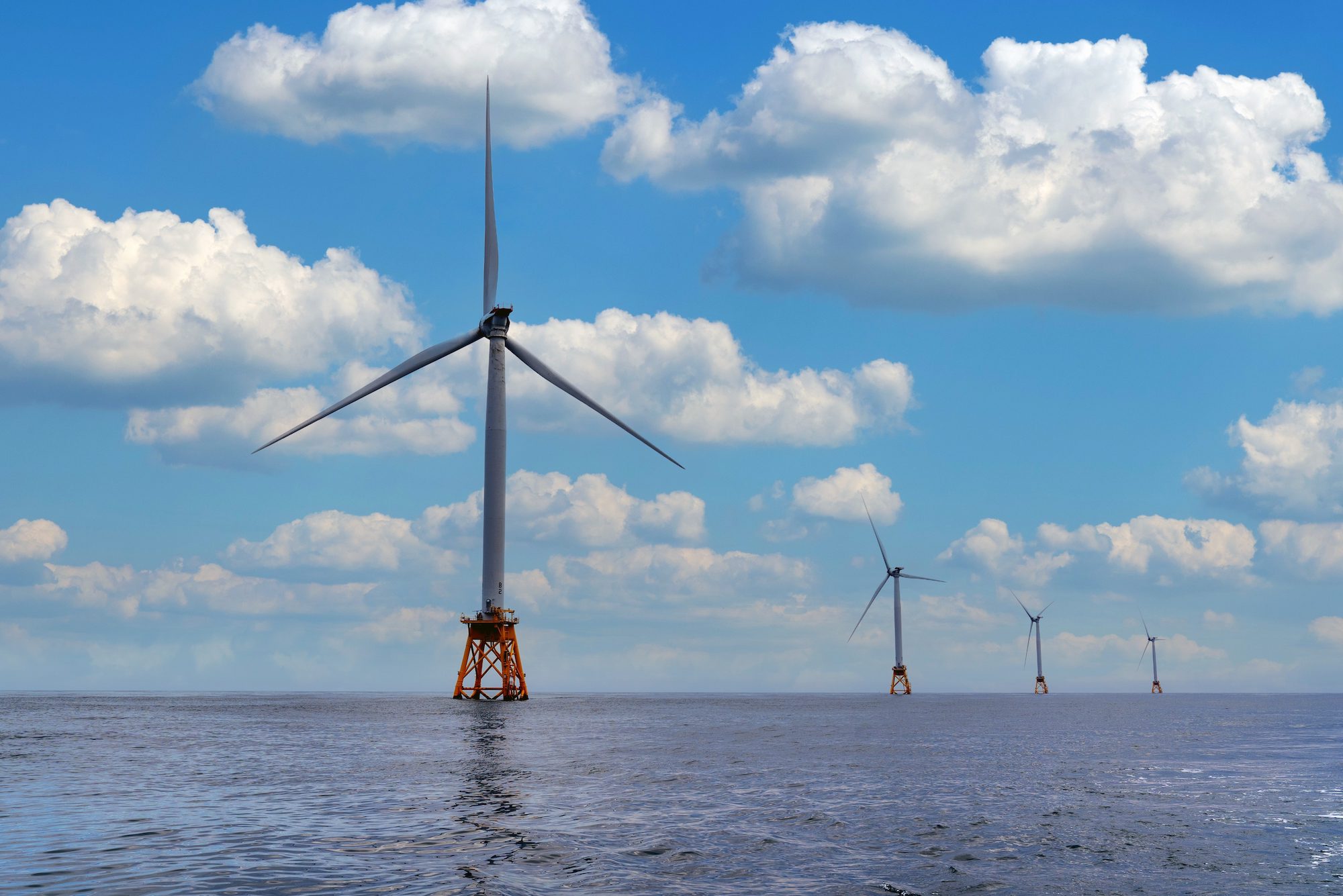The Bureau of Ocean Energy Management (BOEM) has completed its final Environmental Assessment (EA) for the Wind Energy Area (WEA) in the U.S. Gulf of Maine, marking a significant step towards offshore wind development in the region.
BOEM found that leasing and site assessment and characterization activities will not have a significant impact on the environment.
The assessment evaluated potential environmental impacts of commercial wind energy leases off the coasts of Maine, New Hampshire, and Massachusetts, focussing on activities such as surveys and meteorological buoy installations. The assessment did not cover the installation of offshore turbines, which would undergo a separate environmental review if a leaseholder submits a project proposal.
BOEM Director Elizabeth Klein emphasized the agency’s collaborative approach to the assessment: “BOEM is actively assessing proposed offshore wind activities in the Gulf of Maine by collaborating with Tribes, state and federal agencies, ocean users, local communities, and other stakeholders”.
This latest development aligns with the Biden-Harris administration’s goals of deploying 30 gigawatts (GW) of offshore wind energy capacity by 2030 and 15 GW of floating offshore wind energy capacity by 2035.
In April 2024, the Department of the Interior proposed an offshore wind energy lease sale in the Gulf of Maine, encompassing eight potential areas totaling nearly one million acres. These areas could potentially generate about 15 GW of clean energy, equivalent to the annual power requirements of 5.25 million homes.
Under the Biden Administration, the Department of the Interior has approved 10 offshore wind projects representing more than 15 gigawatts of clean energy from offshore wind energy.
The Bureau of Ocean Energy Management (BOEM) in August executed the first U.S. floating offshore wind energy research lease, covering nearly 15,000 acres off the coast of Maine. The groundbreaking lease is situated 28 nautical miles off the coast of Maine on the U.S. Outer Continental Shelf and is poised to host up to 12 floating offshore wind turbines, with a potential to generate 144 megawatts of renewable energy.

 Join The Club
Join The Club











